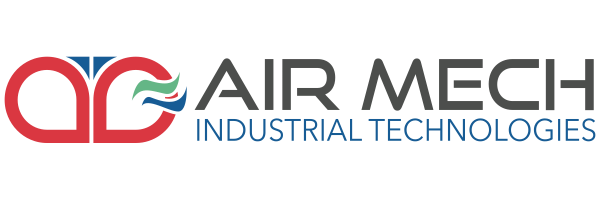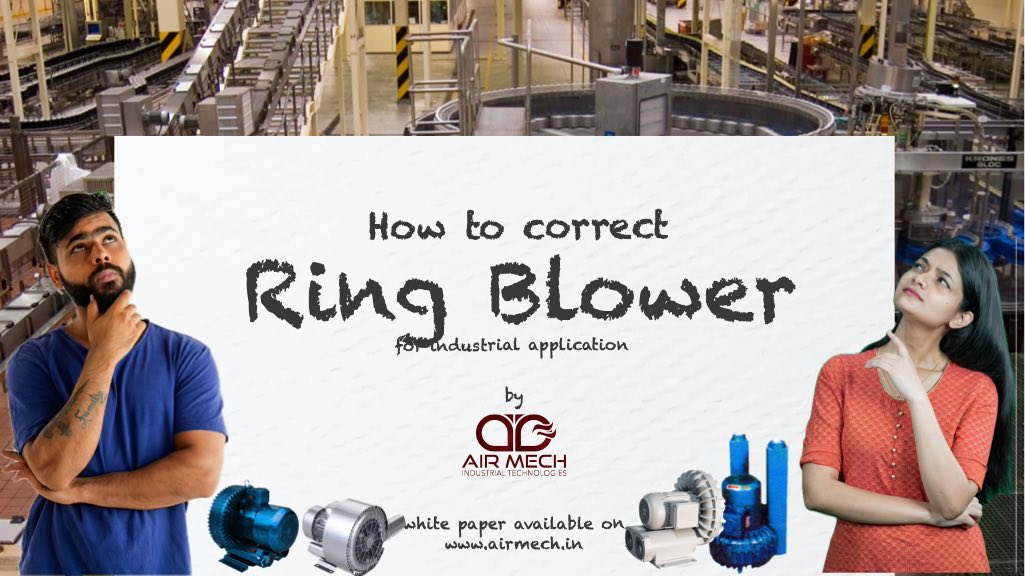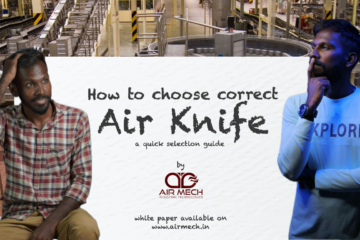Understanding what goes into the selection process of a ring blower
Picture a bustling production floor. Massive machinery hums with activity, and everything is kept cold and running smoothly by a steady air circulation. But from what source is that current coming? The ring blower is frequently the unsung hero operating behind this unseen river of air. Maintaining productivity and efficiency in your industrial application requires careful selection of the appropriate ring blower. With an emphasis on application and design, this article will walk you through the important variables to take into account when choosing the ideal ring blower for your requirements.
Recognising the Requirements for Your Application
Finding out exactly what function the ring blower will perform in your manufacturing process is the first step. Here are the main things to think about based on application:
Airflow Rate: This indicates how much air the blower needs to move and is measured in cubic feet per minute (CFM).Think about things like the intended air circulation rate and the size of the area being vented.
Pressure Requirements: Ring blowers can produce high pressure for labor-intensive applications like pneumatic conveying or low pressure for gentle aeration. Calculate the necessary pressure by assessing the resistance your system will provide to airflow.
1. System Performance Optimization:
The right air knife guarantees efficient drying and cleaning, minimizing product quality rejects and downtime. Achieve unparalleled performance with a carefully selected air knife tailored to your specific application requirements.
2. Cost Savings Maximization:
Investing in the right air knife prevents wasted expenditure on incorrect equipment. While high-quality air knives may have a higher initial cost, they offer significant long-term energy savings, ensuring a positive return on investment.
3. Application-Specific Considerations:
Every industrial plant has unique requirements. Tailoring your air knife selection to your plant’s specific needs ensures optimal performance and productivity.
Design Issues with Ring Blowers
In addition to application, the ring blower’s design is important:
Single-stage vs. two-stage: Two-stage designs have higher pressure capabilities but are more expensive [1], whereas single-stage blowers are more cost-effective for lower pressure applications.
Noise Levels: The amount of noise produced by ring blowers varies greatly. If reducing noise is important to you, search for models that have silencers built in or think about enclosure possibilities.
Duty Cycle: Take into account how long the blower must run nonstop. A blower that can manage your particular workload without overheating is guaranteed when it is chosen with the proper duty cycle rating.
Cost Considerations and Selecting the Best Fit:
The cost of ring blowers varies based on brand, size, and capacity. Given that manufacturers prioritise budget, it’s critical to select a provider with a wide range of choices. You can find a cost-effective option without compromising performance by carefully evaluating the characteristics and needs of your blower design.
Conclusion:
Consideration must be given to both blower design and application requirements when selecting the best ring blower for your industrial application. It is possible to guarantee maximum performance and efficiency by paying attention to airflow rate, pressure requirements, design features, and duty cycle. Although the initial investment is important, keep in mind that the correct blower can increase productivity, save downtime, and increase the equipment’s lifespan. A cheaper total cost of ownership is possible when you have more options to choose from. What particular difficulties do you now have in your production process that a ring blower could help with? A knowledgeable supplier can assist you in determining the most economical ring blower solution to maintain production on your manufacturing floor by getting to know your specific requirements.





